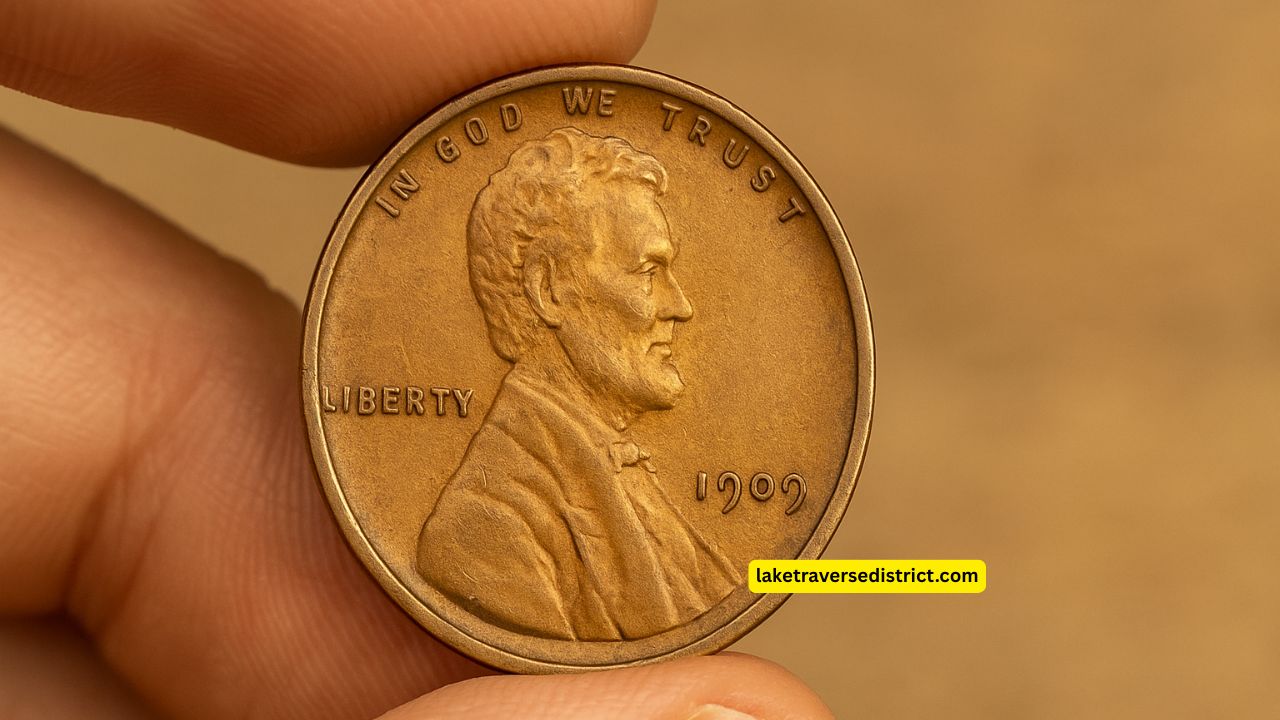In the realm of coin collecting, few tales captivate like that of the Lincoln Wheat Penny. Minted between 1909 and 1958, this seemingly ordinary coin has become a treasure trove for collectors.
Recently, reports have surfaced about a Lincoln Wheat Penny valued at $13 million still possibly circulating in everyday transactions.
This article delves into the history, rarity, and the astonishing value of this coin, highlighting why it’s considered a numismatic marvel.
The Lincoln Wheat Penny: A Brief Overview
Introduced in 1909 to commemorate the 100th anniversary of Abraham Lincoln’s birth, the Lincoln Wheat Penny was the first U.S. coin to feature a president’s likeness.
Designed by Victor David Brenner, the obverse showcases Lincoln’s profile, while the reverse displays two wheat stalks, symbolizing prosperity.
These pennies were primarily composed of 95% copper and 5% tin and zinc, except during wartime years when materials varied due to shortages.
The $13 Million Valuation: Fact or Fiction?
The staggering $13 million valuation attributed to a Lincoln Wheat Penny is rooted in its extreme rarity and condition. While no specific coin has publicly sold for this amount, certain rare variants have fetched significant sums:
- 1943 Bronze Cent: During World War II, pennies were minted in steel to conserve copper. However, a few bronze planchets were mistakenly used, resulting in the 1943 bronze cent. Only a handful exist, with one selling for over $1.7 million.
- 1909-S VDB Penny: This coin, bearing the initials of its designer, had a limited mintage of 484,000. Its rarity makes it highly sought after, with pristine examples selling for over $100,000.
The $13 million figure likely stems from speculative valuations of a perfect-condition, ultra-rare variant, possibly a unique mint error or a coin with an extraordinary provenance.
Key Factors Influencing Value
Several elements contribute to the astronomical value of certain Lincoln Wheat Pennies:
- Rarity: Limited mintage or unique errors increase a coin’s desirability.
- Condition: Coins graded as Mint State (MS) 65 or higher are exceptionally valuable.
- Historical Significance: Coins from notable years or with unique stories command higher prices.
- Mint Errors: Misstrikes or anomalies during production can make a coin one-of-a-kind.
Notable High-Value Lincoln Wheat Pennies
| Year | Variant | Notable Feature | Estimated Value |
|---|---|---|---|
| 1943 | Bronze Cent | Minted on bronze planchet instead of steel | $1.7 million+ |
| 1909 | S VDB | Initials of designer, limited mintage | $100,000+ |
| 1955 | Doubled Die | Visible doubling of date and lettering | $10,000+ |
| 1944 | Steel Cent | Minted on steel planchet post-1943 | $75,000+ |
The Possibility of Circulation
While the chances are slim, it’s not impossible for rare Lincoln Wheat Pennies to still be in circulation. Coins can remain in use for decades, and unless someone recognizes their value, they might continue to change hands unnoticed.
Collectors often recommend checking pocket change, especially when dealing with older coins.
The allure of discovering a $13 million Lincoln Wheat Penny lies in the intersection of history, rarity, and the thrill of the hunt.
While such a find is exceedingly rare, the stories of valuable pennies still in circulation inspire both seasoned collectors and casual enthusiasts to keep an eye on their change.
After all, that unassuming penny in your pocket might just be a hidden treasure.
FAQs
How can I identify a valuable Lincoln Wheat Penny?
Look for key indicators such as the year, mint mark, and any visible errors. Coins like the 1943 bronze cent or the 1955 doubled die are notable examples. Consulting a coin grading guide or a professional appraiser can provide more insights.
Are Lincoln Wheat Pennies still in circulation?
While rare, some Lincoln Wheat Pennies may still be found in circulation, especially in older coin rolls or collections. Their presence is uncommon but not impossible.
What should I do if I think I have a rare penny?
If you believe you’ve found a valuable coin, avoid cleaning it, as this can reduce its value. Instead, consult with a professional coin appraiser or a reputable coin grading service to assess its authenticity and worth.

